MBA Predicts Originations to Hold at $530B
The Mortgage Bankers Association released its 2019 Economic Outlook & CREF Forecast in San Diego. Here's what they forecast for lending volumes.
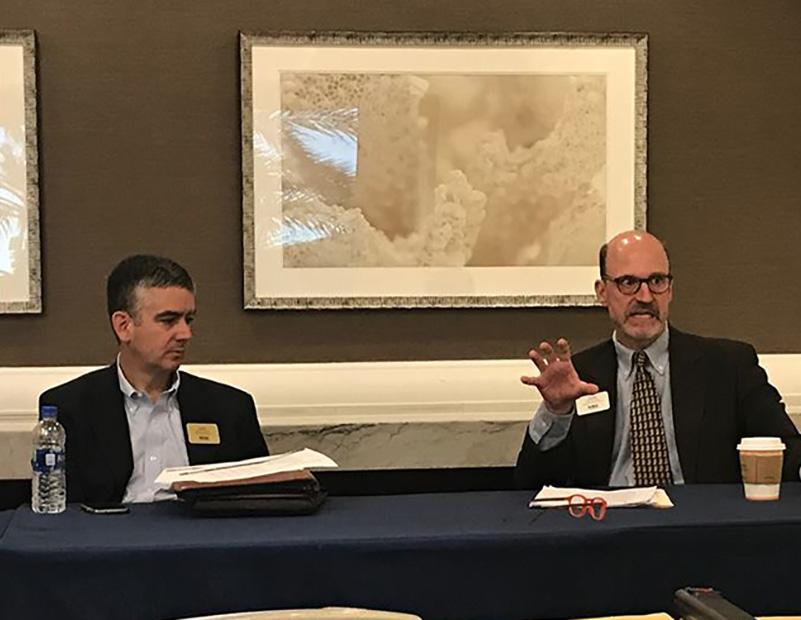
Michael Fratantoni, MBA’s Chief Economist, (L) and Jamie Woodwell, Vice President of Commercial-Multifamily Research.
Mortgage origination volume this year will most likely be steady with 2018 and 2017, according to the Mortgage Bankers Association’s 2019 Economic Outlook & CREF Forecast, which was released at its conference in San Diego.
“The overall expectation is, all things being equal, we be at this plateau for the next couple of years,” said Jamie Woodwell, MBA’s vice president of commercial-multifamily research.
Healthy real estate markets, strong employment and ample capital should keep originations up around $530 billion, up 3 percent slightly from the $526 billion completed in 2018 and even with the record $530 billion originated in 2017. But moderating value growth and sustained net operating income increases will keep originations on par with the previous two years.
Meanwhile, there are forces outside of real estate that will keep growth in check. Among those are global trade tensions, the shrinking balance sheets of a number of central banks, financial market volatility, slower U.S. economic growth and the turmoil in Washington.
“We are not seeing things on fire, but there is a little smoke in terms of things slowing down,” said Michael Fratantoni, MBA’s chief economist.
According to Frantantoni, U.S. GDP growth in 2018 was 3.1 percent—up from 2.5 percent in 2017. But in 2019, he said MBA is estimating it will be as low as 2 percent, followed by 1.4 percent in 2020 and 1.4 percent in 2021.
Lending Trends
MBA also released the findings of its quarterly survey of mortgage banking originations. According to its data, the fourth quarter of 2018 was the strongest of last year, with volume up 14 percent over the fourth quarter of 2017. Multifamily and industrial loans were the biggest drivers, while demand for retail and office resulted in a slowdown of loans for those property types. Healthcare loans were up 61 percent, multifamily was up 32 percent, industrial was up 28 percent, retail was up 1 percent, office was down 3 percent and hotel was down 4 percent.
Woodwell noted that each property types is dealing with its own set of circumstances. Apartments are still in heavy production mode, but there is ample demand with new Millennial household formation and more Baby Boomers returning to multifamily. Office is enjoying a strong job market, but the square footage per employee is less. Retail sales are up, but a larger share of that is e-commerce. Industrial is busy serving the needs of e-commerce and competing for “last mile” real estate.
One trend that is occurring with all property types is that real estate is becoming more of a service than a commodity and that presents a new set of challenges and costs. “All of them are becoming more service,” said Woodwell. “… It’s not just about the square footage,” he added.
In terms of who was doing the lending, loans originated for GSEs were up 16 percent, life insurance company loans were up 10 percent, bank loans were down 10 percent and loans originated for CMBS were down 26 percent.
One notable change is the increasing influence of debt funds, which last year originated $67 billion of loans—up from $52 billion in 2017 and $32 billion in 2016. Woodwell said that, as this group continues to mature and perfect its infrastructure, he expects them to move from bridge loans to constructions loans to other types of loans. They will continue to find and fill gaps in the market. “This is definitely a new regime for the investment-driven lenders,” said Woodwell.

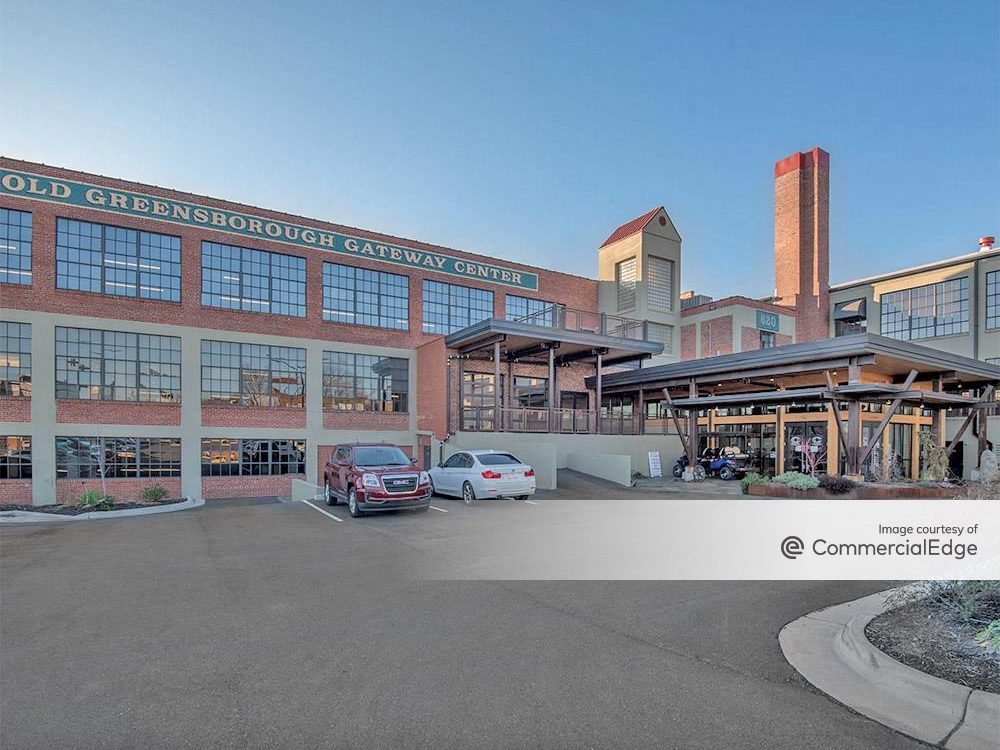

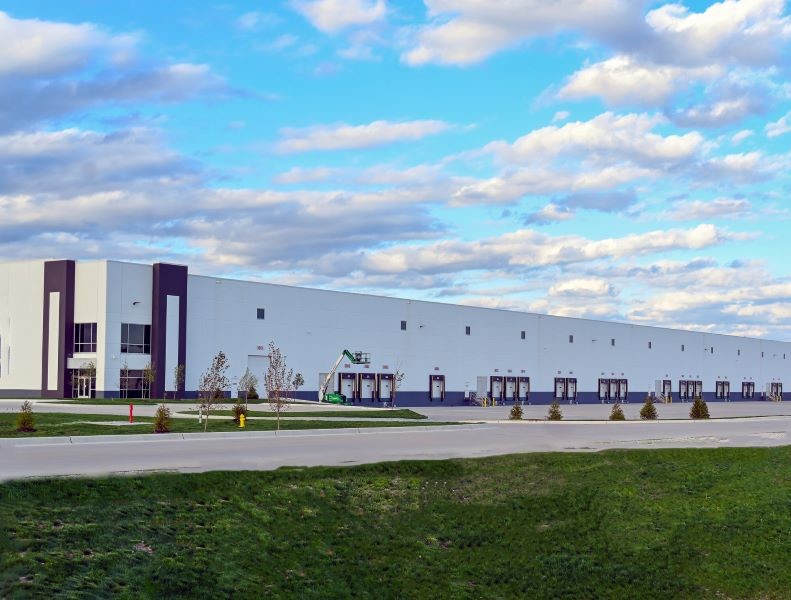
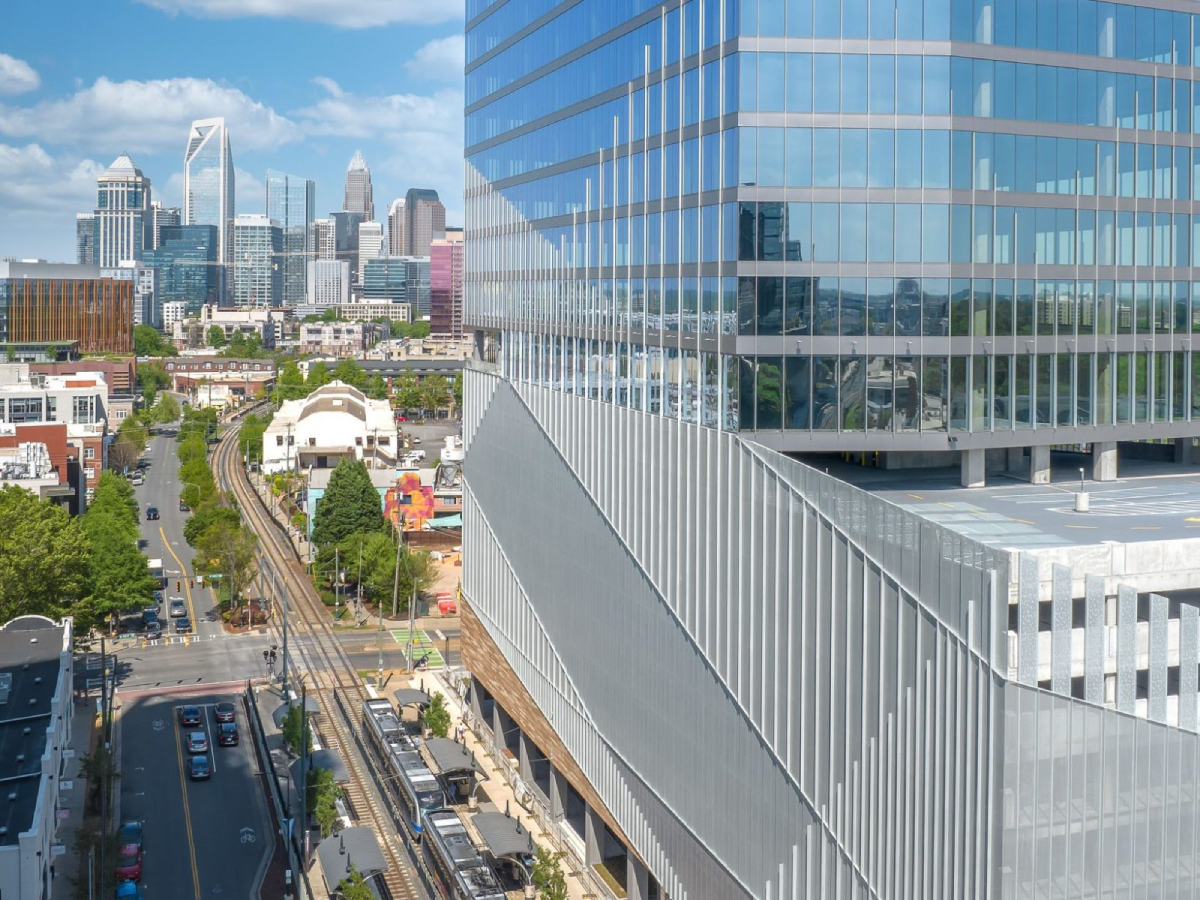
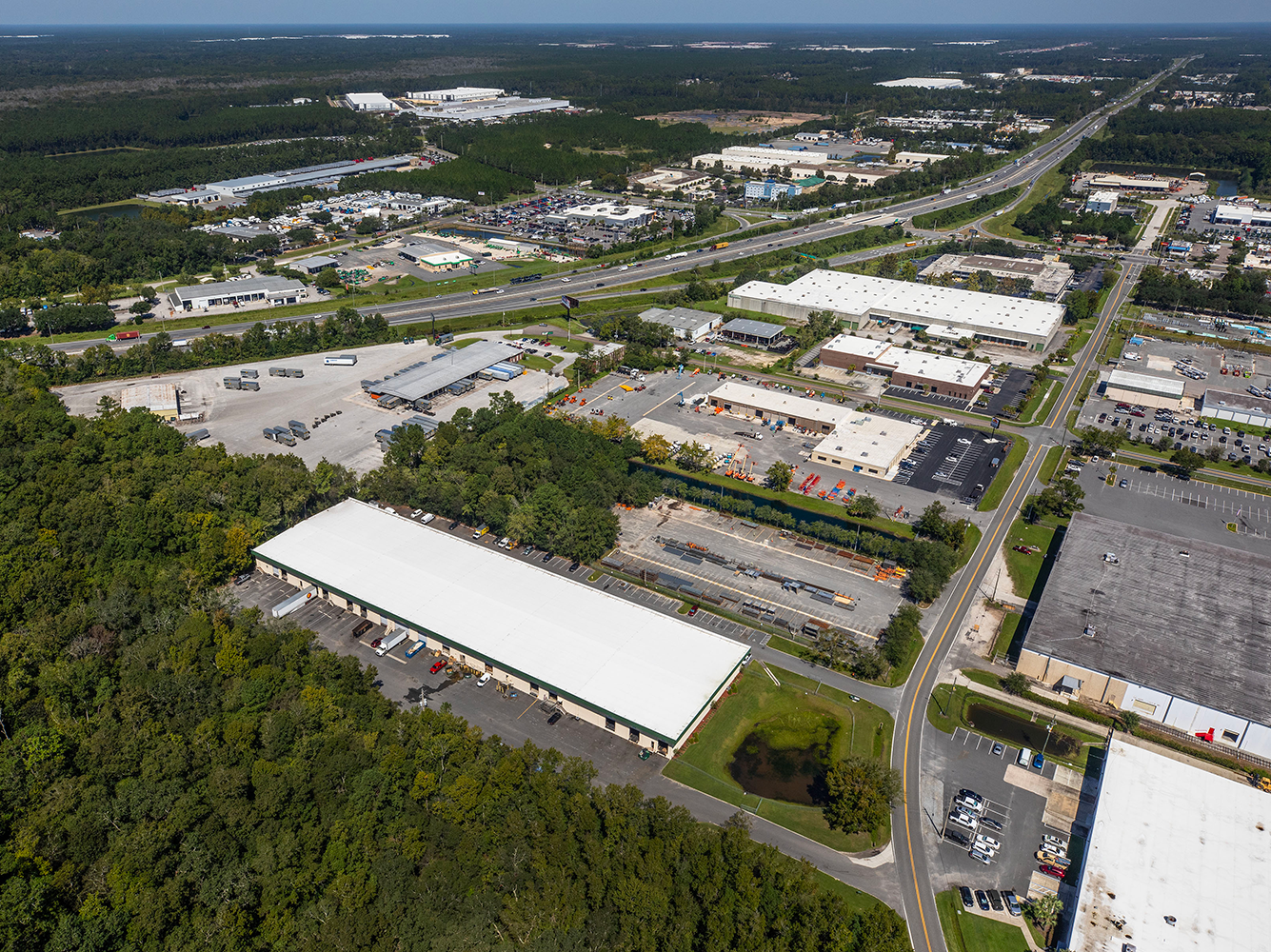

You must be logged in to post a comment.